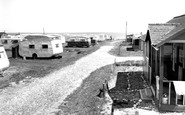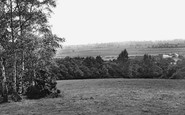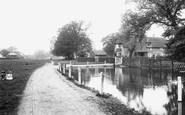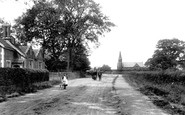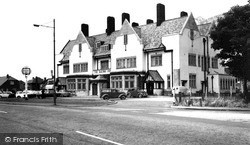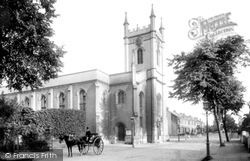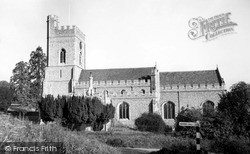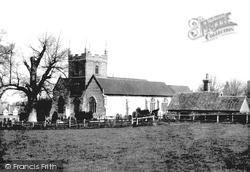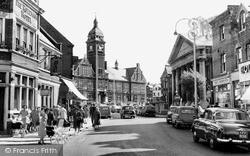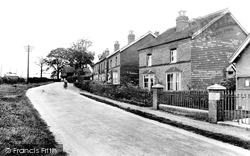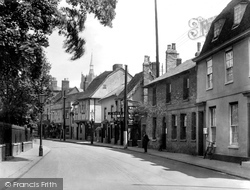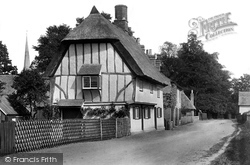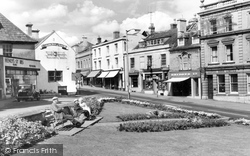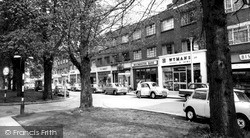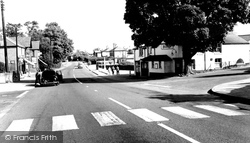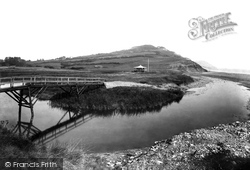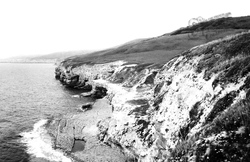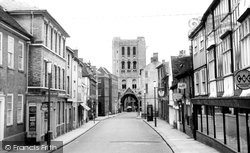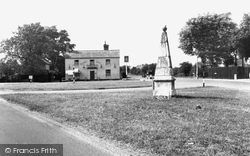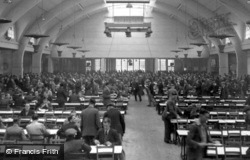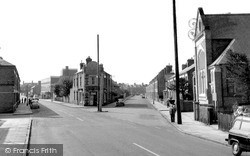Places
Sorry, no places were found that related to your search.
Photos
Sorry, no photos were found that related to your search.
Maps
Sorry, no maps were found that related to your search.
Books
Sorry, no books were found that related to your search.
Memories
655 memories found. Showing results 51 to 60.
Dunstaffnage War Years
Like your other contributors I also spent my very early years in Dunstaffnage. Dad had spent the early part of the war from day one as a young Engineer Officer on North Atlantic convoys in the Merchant Navy. When you were lucky to ...Read more
A memory of Oban by
Growing Up In Buckhurst Hill 60's 70's
I used to live in The Meadway, and went to St Johns infants School-a few memories of playing on 'the boxes' at play/lunchtime. These were actually old beer crates, and long before health and safety spoiled ...Read more
A memory of Buckhurst Hill by
My Memories Of Melworking At Leybourne Grange Hospital
Hi yes I remember my time at the hospital well,I worked in the play therapy from 1971 to 1976. I loved working at the hospital and have many happy memories. I worked as a night nurse for two ...Read more
A memory of West Malling by
School Days And Beyond
Having just stumbled on this website I felt compelled to add my recollections of living in Fenham in Cheeseburn Gardens from circa 1961 to 1980. I lived 2 streets down the hill from the first contributor who lived in Ovington ...Read more
A memory of Fenham by
Beachbank Caravan Site, Ulrome, East Yorkshire.
My Grandparents Sydney and Ellen Simpson built Beachbank between the world wars. Sydney had served in the Royal Flying Corps in WW1 and left seriously injured but that never prevented them from buying this plot ...Read more
A memory of Ulrome by
When We Were Young!
Way back in the early 1950's my friends and I went everywhere on our cycles. On one occasion three of us set out from Grays and went across the ferry at Tilbury to Gravesend then down the old A road to Canterbury where we had a ...Read more
A memory of Corringham by
Barking... So Very Different Now
We moved to Hertford Road in 1971, I was 3 years old. I remember playing in our overgrown garden which backed on to the Burges road playing fields soon after we moved in. There used to be a horrendous smell from the ...Read more
A memory of Barking by
Cluggies Pond
I obviously don't remember the common in 1911, but I did live in Old Common Road number 15 from about 1943 until 1955. Where the children are sitting was The Common, and a herd of Fresion cows were often grazed there. Old Common Road ran ...Read more
A memory of Cobham by
Brief Memories Of My First School: Noak Hill
It was 1947, when my parents were told they would be able to move from their one room in a house to a Prefab in Harold Hill. My mother was pregnant. You didn't start school until you were 5. The closest ...Read more
A memory of Noak Hill by
Mitcham County Grammar School For Boys
Mitcham County Grammar School for Boys Remembered Memory is a selective thing, the best is easy, but the mind glosses over the worst. Some things recollected as certainties turn out to be not quite so. These are ...Read more
A memory of Mitcham by
Captions
405 captions found. Showing results 121 to 144.
Outside the row of terraced cottages at Breachwood Green near Hitchin stands a pristine Ford 100E model. In front of one of these houses stood the community's well.
This pub should technically be called The New Railway Inn, because it stands on the site of a former inn of the same name.
The most striking change between this view and the 1903 view in image 49238 is the splendidly ornate bank building which replaced the two buildings beyond Patterson's.
South Road became so dominant that it altered the character and subsequent development of other areas within the town such as Commercial Square, Boltro Road, and the Broadway.
Mrs Hitchman, widow of Dr Hitchman, donated the site for this church together with a large sum of money.
There has been a church at Watton at Stone since the 13th century. It was originally dedicated to St Mary, but St Andrew seems to have been added in the early 19th century.
The bold square brick tower was built onto a 13th-century base c1656 after an earlier tower had collapsed.
Looking towards the Town Hall It is a busy summer's day in the 1960s.
A small village at the western edge of St Leonards Forest, on the main road and railway line between Horsham and Crawley. Local legends say that dragons and serpents inhabited the forest.
A water mill has stood here since Norman times, but this red brick corn mill dates from the early 1800s.
The name Trinity was chosen to indicate the group's opposition to Unitarian non-Trinitarian doctrine.
We are looking northwards towards the Square (centre), with 18th-century brick and tile houses on both sides of Wimborne Street.
It is sometimes almost unbelievable when we realise how much of our heritage has been destroyed during the past century.
Putting ashore the catch is a perennial attraction for bystanders on any jetty. These, judging by the smartness of their dress (complete with pocket handkerchief), are clearly not fishermen.
The Lloyds Bank building (right), originally a pair of attached houses, was built about 1870 before the decorative façade was added in two stages.
With the arrival of the Piccadilly Line came an influx of commuters, and with this influx came the promise of commercial profits.
While not obvious from this photograph, Gresford is most famous for the tragic mining disaster of 1934 when 266 lives were lost following an explosion and fire at the Gresford Colliery.
We are looking eastwards from the blocked mouth of the River Char, which ends its journey to the sea by having to break through a ridge of shingle (right).
Romantically named for the sea breaking across its rocks, Dancing Ledge is a mile south of Langton Matravers village.
On the right are the Edwardian buildings occupied by Marlow's from 1925 to 1975, Watson's Post Office and the Queens Head.
A few hundred yards along the present B1514 road past the turning to Pepys House, the road forks at the roundabout where the main road runs eastwards towards the A14 and the left road takes us
This was in the early phase of its transformation, mainly by the medium of brick. The
The canteen resembles a cave, but in its heyday there was far from savage fare to be had here! In the 1930s there were 3 lunch sittings, and it was routine to have 2 pints at the bar.
These red brick terraces were built to house the employees of hosiery and shoe manufacturers at the turn of the century.
Places (0)
Photos (0)
Memories (655)
Books (0)
Maps (0)



